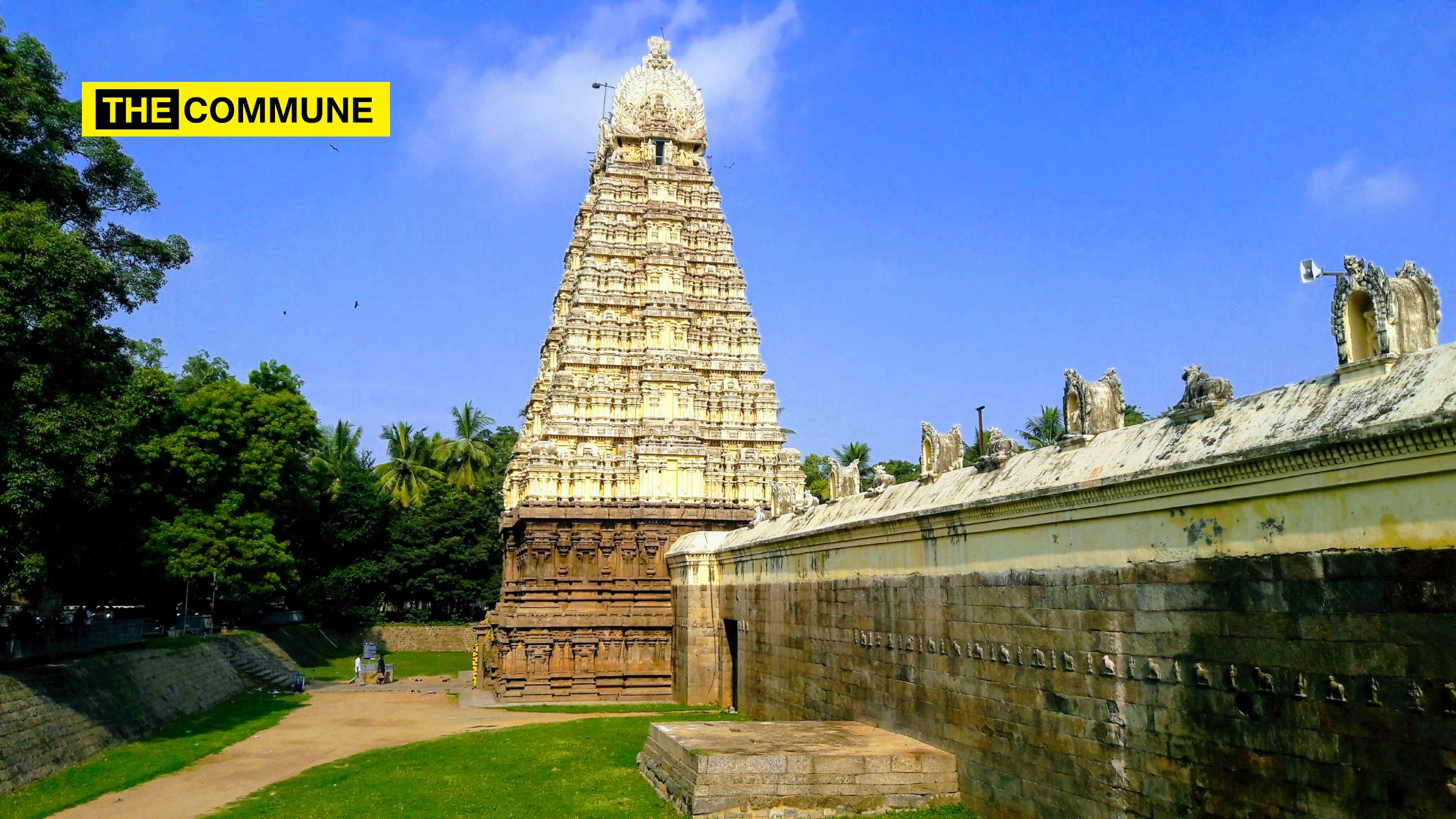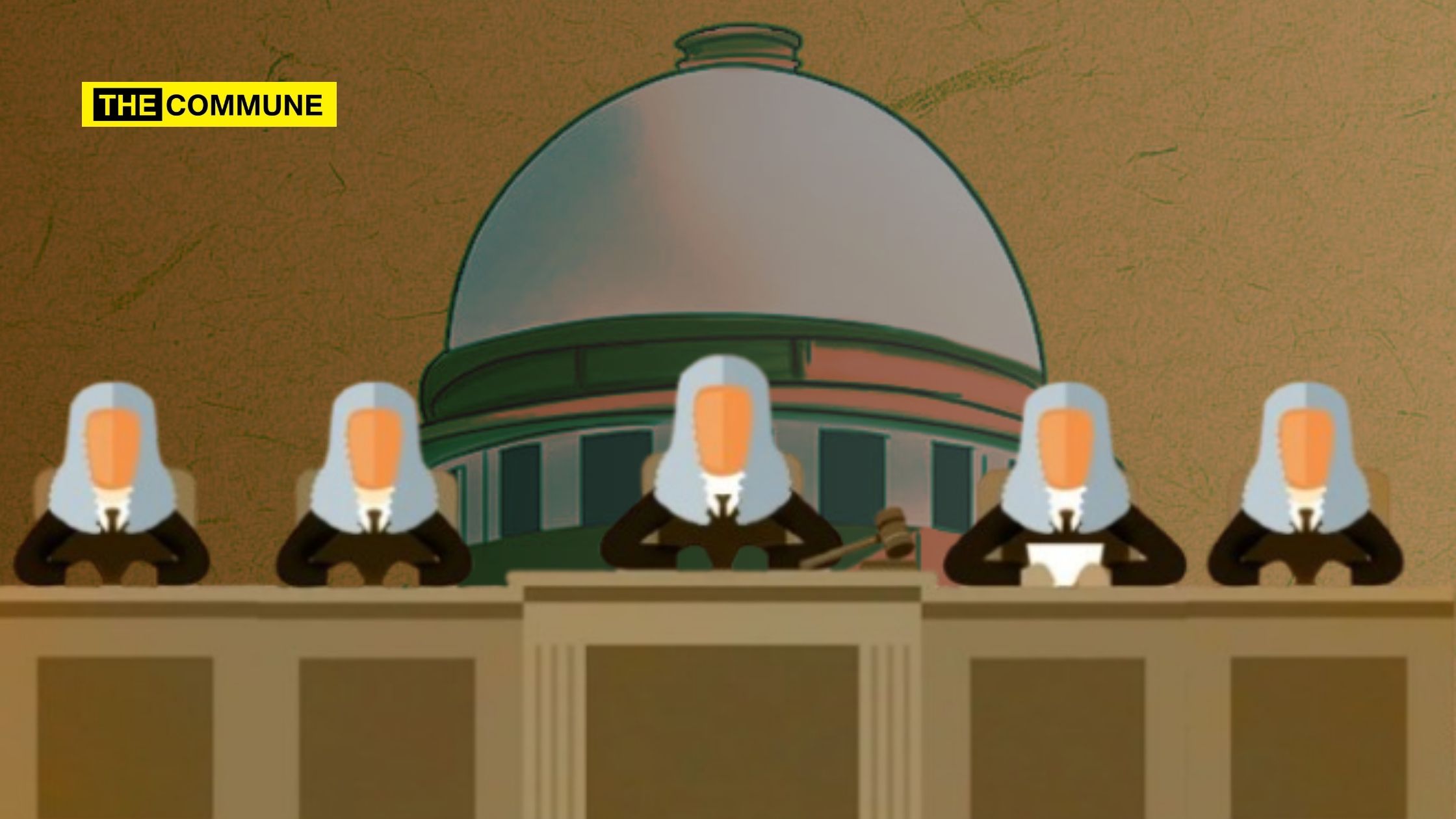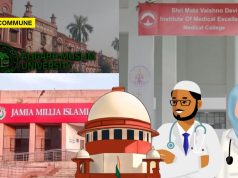
It was the year 1805. The Vellore Fort was under the possession of the British East India Company, which used it as a major garrison or military base. The Indian soldiers who were employed by the British to serve them faced resentment with the changes made to their uniforms. The Hindu sepoys were prohibited from wearing any religious marks on their forehead during duty, and the Muslim sepoys were forced to shave their beards and trim their moustaches. The new uniform also had a novel headdress replacing the old turban. The broiling of the sepoys increased as they heard that the cockade on the headdress was made of cowhide.
After months of intolerance, the sepoys launched a mutiny against the British, killing 15 of their officers and 100 other soldiers. While the mutiny launched by almost 800 scattered sepoys was eventually controlled by the British, the attack sent shockwaves to the royalty back in England. Since then, the ever famous Vellore Fort became even more famous for revolt. Ironically, it became a symbol of religious divide than unity over the years.
The Vellore Fort has been owned by multiple dynasties and kings over various periods. It reached the hands of the British in 1760 following their victory at the Battle of Plassey. Before the fort came into their hands, it was under the control of the Mughals, specifically Daud Khan who captured the fort and mutilated the structures inside the fort. It had housed the Jalakandeshwara Temple, built during the Vijayanagara reign. The Mughals not only desecrated the Jalakadeshwara temple but also destroyed a Nagalamman temple and instead built an Islamic structure which stood to serve as a makeshift mosque.
The Jalakandeswara Temple was devoted to Lord Shiva called Jalakandeshwara as the Siva Linga was surrounded by water (Jalam in Sanskrit). The temple also had a shrine for the consort of Lord Jalakandeshwara, Goddess Akilandeshwari. It was built during the reign of Sadasivadeva Maharaya in 1500 CE. Due to the fear of desecration, the deity of the temple was moved to the Jalakanda Vinayagar temple in Sathuvacheri for safekeeping, and the temple was vacant for 400 odd years.
When the fort was under the control of the British, they built the St John’s Church in 1846. It was raised by the Government of Madras for the officers of the East India Company who were stationed there. The Church still stands inside the fort even today, along with other public offices and Tamil Nadu’s oldest Police Training Centre.
The Vellore Fort came under the control of the Archeological Survey of India (ASI) in 1921. Initially, the fort was not to be used for worship by any religion, and the ASI had to maintain this status quo. However, after a long wait of 60 years and several attempts to re-install the deity, on 16 March 1981, the deity was removed from the Jalakanda Vinayakar Temple in Sathuvacheri and secretly brought inside the fort, re-installing the deity back to his shrine.
In his book, ‘Vellore Fort and the Temple through the Ages’, A K Seshadhri mentions, “The staff of ASI could do nothing to prevent the forcible action of the devotees, except watch the happenings and complain the incident to the police and the district collector. The district authorities took no action, saying that this is a sensitive religious matter and therefore any preventive action would lead to a law and order problem.”
Speaking about this revolution, Hindu Munnani’s State Spokesperson Ilangovan said, “For over 4 months before the day, more than 300 street campaigns and more than 100 public meetings were held to spread the message that the Vellore Fort Temple should be brought back to worship.” The urge to restore the deity to the temple came from the thought that the Vellore temple was the only Hindu temple in the whole of India that was without a deity.
A article written by Ilangovan mentions that the restoration of the deity was only possible because of the efforts of some key people like Sri Ramagopalan (the founder of Hindu Munnani), Swamy Sri Kripananda Variyar, Mylai Guruji Sundaram Swamigal, and the then collector of Vellore Gangappa.
When the deity was restored back to temple, the premises of the temple was once again given back to the Hindus. A group of Muslims of the region led by their leader Abdul Samad had given in writing, that the Muslims did not intend to conduct prayers inside the mosque, as they have a full-fledged mosque and a Dharga just outside the fort close to the moat. However, a verdict by the Vellore Municipality in 2008 stirred commotion and communal conflict.
The announcement allowed Muslims to offer prayer in the so-called Mosque inside the Fort. The political party TMMK (Tamil Nadu Muslim Munnetra Kazhagam) had given a call for the community to congregate at Vellore on 9 May 2008, to conduct a massive Friday Namaaz. Organisations like Hindu Munnani and Hindu Makkal Kacthi protested against this plan. The Hindu Makkal Katchi had declared that it would conduct a ‘Kaavikkodi Poraattam’ (Saffron Flag Demonstration) at the fort.
The Muslims still arrived on the said day and tried to enter the fort, but were detained by the Police. They then performed their Namaaz on the roads and started their protest, which was also curbed by the Police force. It is to be noted that the mosque inside the famous Vellore Fort in Tamil Nadu has never witnessed a Namaaz since British rule. Though the mosque is under the Archeological Survey of India (ASI), the permission to offer prayers in the mosque is still a long pending demand of Muslims of the locality.
Speaking about the Vellore Fort, Shravan, a devout Hindu and a resident of Vellore said, “The Church built by the British Sarkar as well as the Temple is functioning very well inside the Fort. Regarding the rights of Muslims, the Supreme Court or the Archeological Survey of India have to make a decision about it. Until that happens, the State Government will not even comment about the topic.”
The story of the Vellore Fort stands testimony to the biggest irony in history. What was once a symbol of religious unity, causing one of the strongest and bravest mutinys, became a symbol of religious divide. Till date, the Vellore Fort is a matter of contention for the Hindus and Muslims of Tamil Nadu. But, it is being said that the locals of the area still live in communal harmony with no conflict whatsoever.
Click here to subscribe to The Commune on Telegram and get the best stories of the day delivered to you personally.




